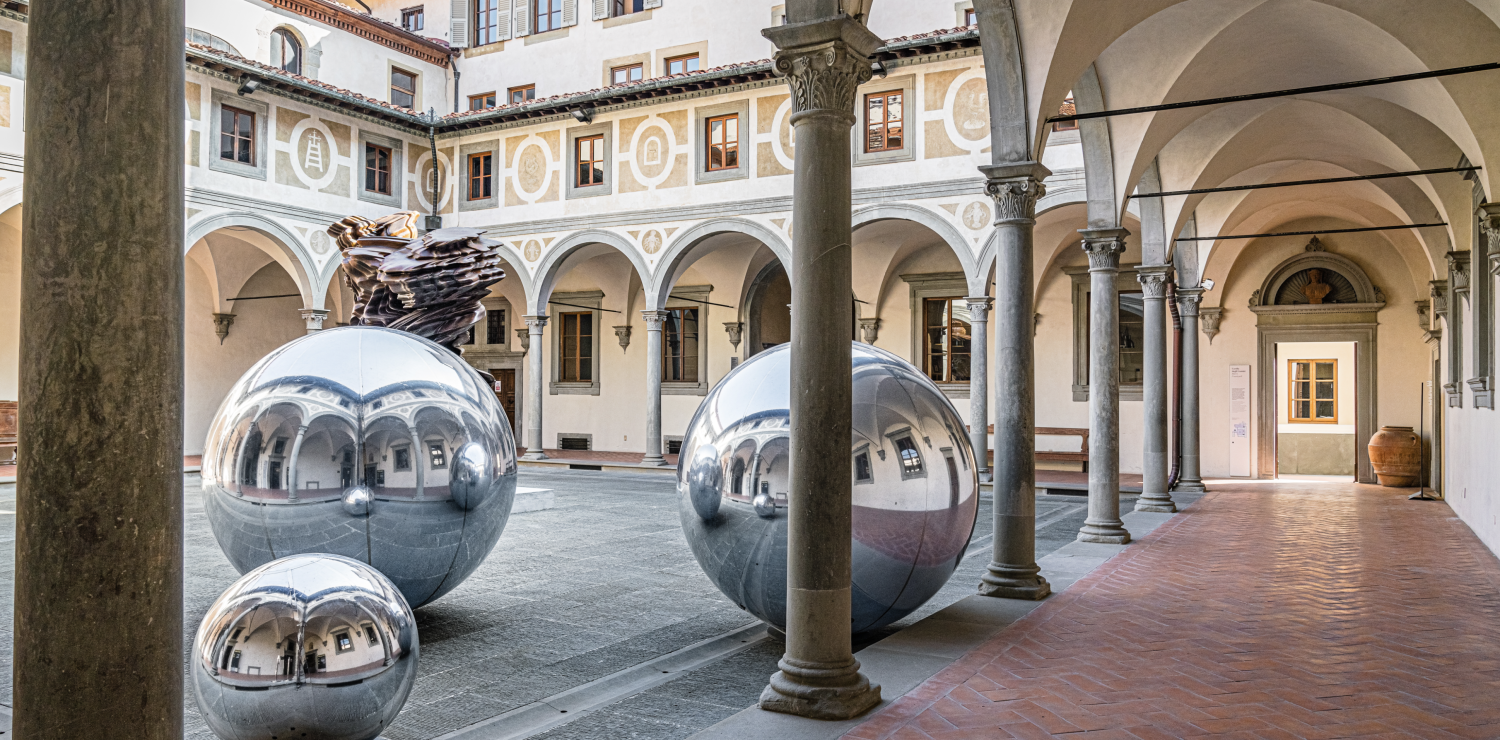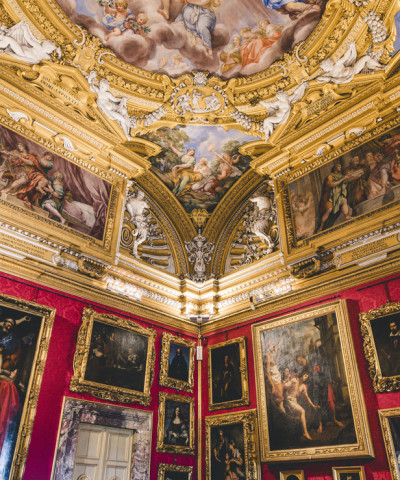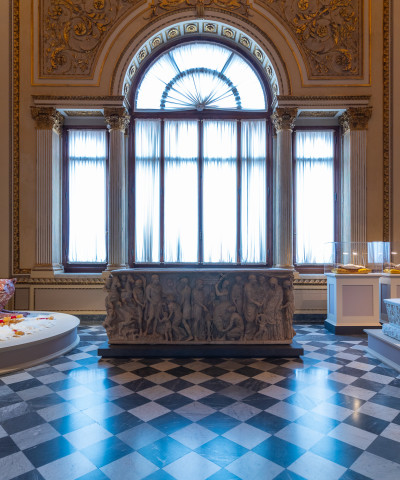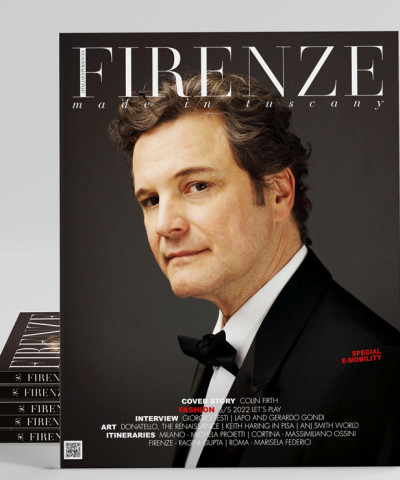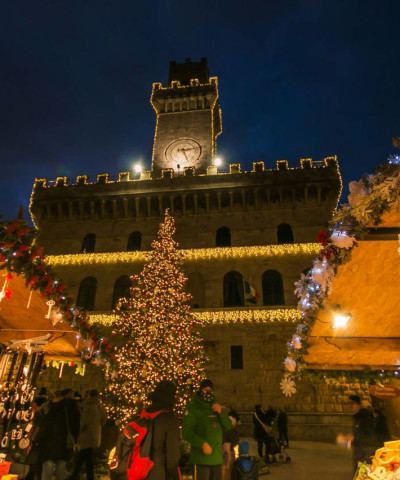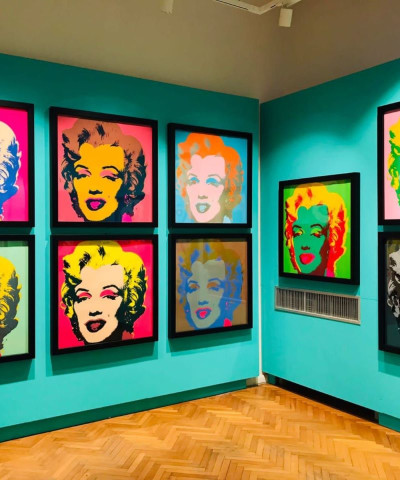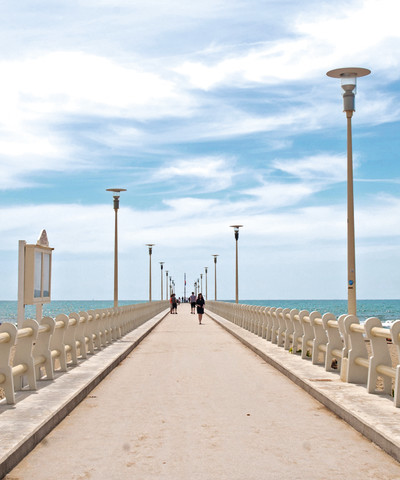Escher at the Museo degli Innocenti
Over 200 works by the Dutch artist at the Museo degli Innocenti until 26 March 2023
The great exhibition dedicated to the brilliant Dutch artist Maurits Cornelis Escher can be seen at the Museo degli Innocenti in Florence until 26 March 2023. Discovered by the general public in recent years, Escher has become one of the most loved artists in the world, so much so that the exhibitions dedicated to him have broken all visitor records.
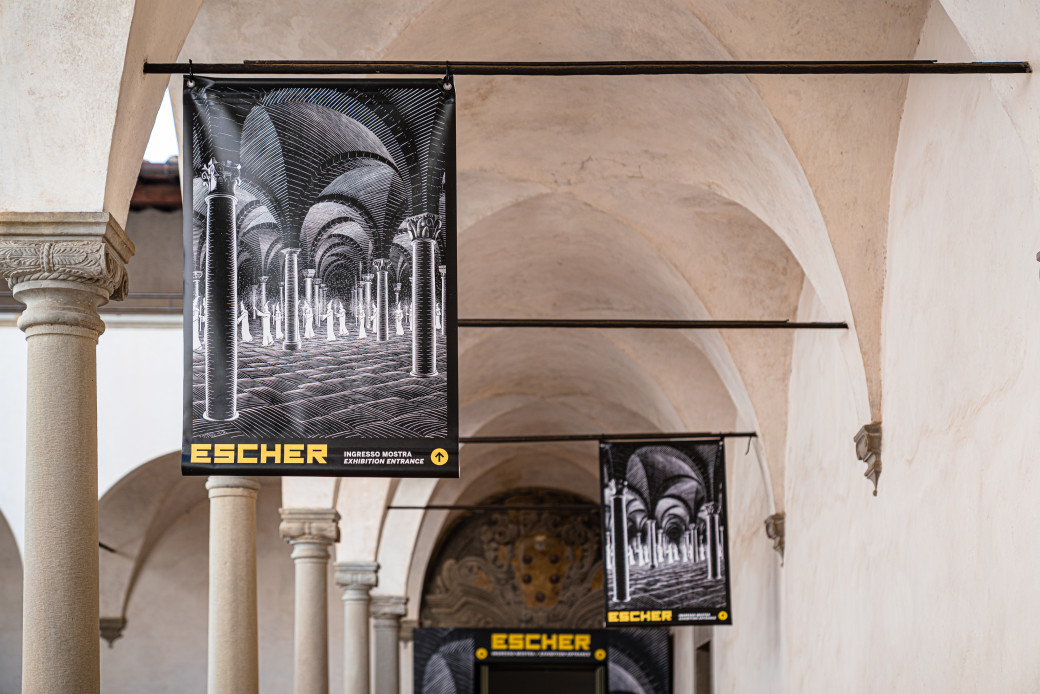 ph Giorgio Magini
ph Giorgio MaginiAn anthological exhibition - with about 200 works and the most representative works that have made him famous throughout the world - that recounts the genius of the Dutch artist with the most iconic works of his production such as Hand with Reflecting Sphere (1935), Bond of Union (1956), Metamorphosis II (1939), Day and Night (1938) and the Emblemata series, which belong to the common imagination referring to the great artist.
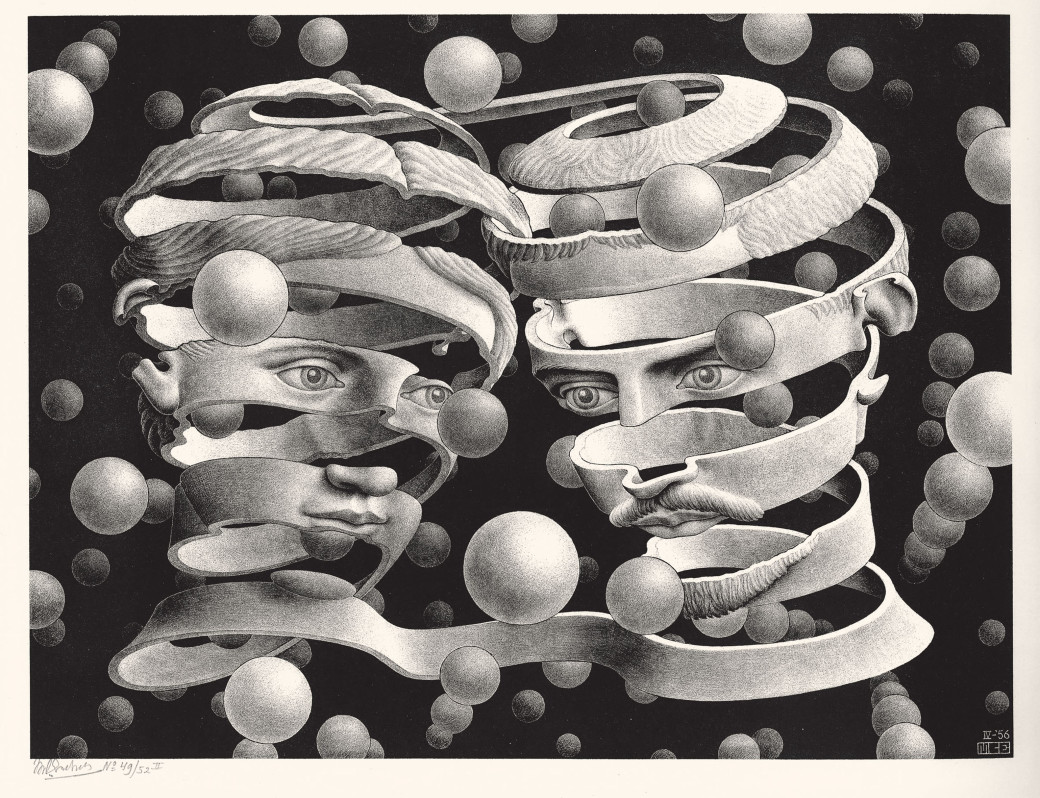 Vincolo d'unione
Vincolo d'unioneThe Escher exhibition is the first major exhibition event within the monumental complex - designed by Filippo Brunelleschi - that houses the wonderful and extremely rich Museo degli Innocenti, which, with the Arthemisia exhibitions, is already on its way to becoming a venue for major art exhibitions.
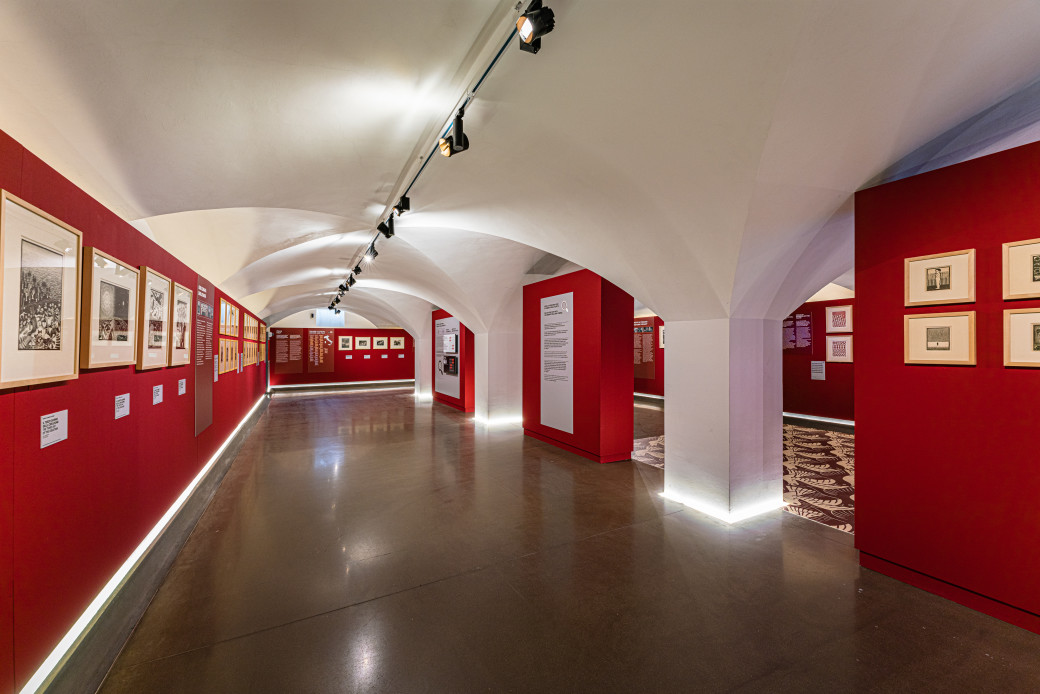 ph Giorgio Magini
ph Giorgio MaginiCreated to display the works of art of the old Spedale, a large children's home, the Museum has been transformed into an itinerary that allows visitors to discover a cultural heritage that is unique in the world because it is profoundly linked to the work carried out in favour of children who could not be raised by their families of origin.
Between history, art and architecture, the Museum's collection features works acquired through donations or as a result of the amalgamation of other charitable institutions, and contains a number of masterpieces by major artists such as Domenico Ghirlandaio, Luca and Andrea della Robbia, Sandro Botticelli and Piero di Cosimo, as well as artists who grew up at the Innocenti and were initiated into painting by Prior Vincenzo Borghini, such as Vincenzo Ulivieri, Giovan Battista Naldini and Francesco Morandini (known as Poppi).
THE EXHIBITION
First section - The Beginnings
M.C. Escher's early works were inspired by Art Nouveau, a famous artistic movement that developed in Europe at the end of the 19th century and was characterised by ornaments and decorative forms inspired by natural subjects.
Second section - Italy
The Dutch artist had first visited Italy with his parents in 1921. In 1922, after finishing his studies, he returned and settled permanently in Rome in 1923.
This sojourn helped Escher broaden his artistic horizons, leading him to collaborate with other artists living in Rome such as Joseph Haas Triverio, a graphic artist of Swiss origin, who not only introduced him to the art gallery circuit but was also his faithful companion on the journeys they undertook each spring to immortalise landscapes and villages in the Belpaese.
Third section - Tassellature
In 1936, Escher's second trip to southern Spain marked a crucial turning point in his artistic development. On that occasion he had the opportunity to visit famous monuments such as the Alhambra in Granada and the Mezquita in Cordoba, from which he drew inspiration for a methodical study of the motifs used by 14th-century craftsmen to decorate the walls and arches of Moorish architecture.
Fourth section - Metamorphosis
Escher created a world in which different types of tessellation (the process of regularly dividing the plane) give rise to whirlpools of transformations and abstract shapes are transformed into animated forms.
Fifth section - Structure of Space
From his earliest landscape prints Escher showed an attraction for the structure of space even more than for the picturesque element. In 1937, after leaving Italy, he stopped engaging with spatial structure in an analytical sense: he no longer represented space in a linear manner, as he had observed it, but rather began to produce syntheses in which different spatial entities converge into a single print with stringent logic.
Sixth Section - Geometric Paradoxes
This section explores how Escher tried to force beyond all limits the representation of impossible but seemingly coherent situations through a selection of some of his most famous works: Ascent and Descent, Belvedere, Waterfall, Gallery of Prints and Relativity. These masterpieces reflect an essential aspect of the Dutch graphic artist's art: his complex relationship with mathematics, geometry and infinite compositions.
Seventh Section - Commissioned Works
Escher did not experience notoriety until the last years of his life. To make ends meet, he therefore often devoted himself to commissioned works.
Eighth section - Eschermania
The works exhibited in this last section range from comics to advertisements, from music to fashion, films and contemporary art, all of which were influenced by his art. These works show how 'Eschermania' has infected all creative sectors and how the work of this artist is still a source of inspiration for contemporary culture.






